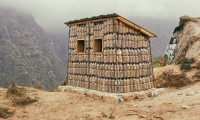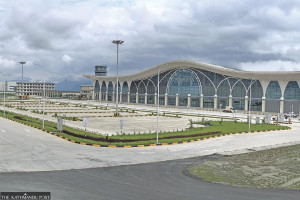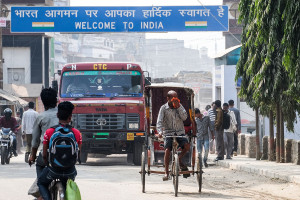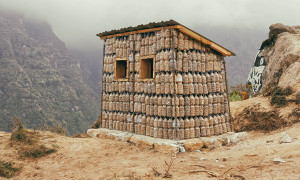Money
Solu Corridor Transmission Project reports 75 percent physical progress
The Indian contractor Mohan Energy has finished foundation works of 207 towers along the 90-km-long route of the distribution infrastructure in Siraha, Udaypur, Okhaldhunga and Solukhumbu districts.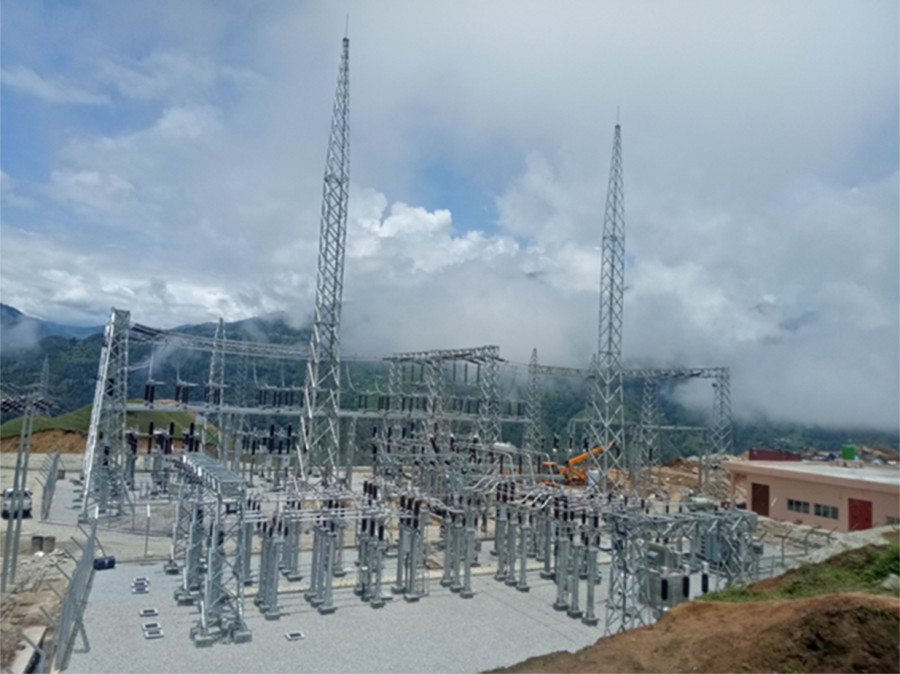
Prahlad Rijal
The Solu Corridor Transmission Project which had gotten off to a late-start has finally reported physical progress of 75 percent, two years since the construction began.
According to Nepal Electricity Authority, the Indian contractor Mohan Energy has finished foundation works of 207 towers and 43 pylons are upright along the 90-km-long route of the distribution infrastructure in Siraha, Udaypur, Okhaldhunga and Solukhumbu districts.
The project envisages building 303 transmission towers and installing 132 kV double circuit cables to evacuate power from hydropower plants in Solukhumbu and surrounding region to eastern Nepal and the national grid.
Lack of a proper transmission infrastructure had worried the promoters of under-construction independent hydel plants in Solukhumbu over possible spillage of electricity. The promoters complained that delays by the power utility in executing the project in stipulated time would translate into losses amounting to millions of rupees.
Amid complaints from the promoters who took the issue to Province 1 government, Chief Minister Sherdhan Rai on Saturday took stock of the project’s progress and discussed with power utility officials and its promoters in Dharan.
The Chief Minister said that the provincial government was committed to avert spillage of power and remove local obstructions hindering the construction of the transmission infrastructure.
According to Managing Director, Kulman Ghising of Nepal Electricity Authority, there are no records of power spillage and the Solu Corridor will be operational before the under construction hydel plants roar into life.
The project, funded through government investment and a concessional loan from Export Import Bank of India, had faced two hiatus owing to rows over the contractor selection process. The electricity authority had entered into a contract with the Indian developer in March 2016.
“Completion of the infrastructure is slated for 2020, February and the deadline might be pushed by a month or two,” said Ghising. “However, the under-construction projects will not be operational by that time.”
The utility has signed power purchase agreements to buy 325 megawatt of electricity from 12 hydropower schemes including the 82 megawatt Lower Solu plant and 23.5 megawatt Solu Khola Project in the region.
And the purchase agreement has clauses subjecting the electricity authority to fines amounting to 45 percent of total losses caused by spillage of power from those projects in absence of the transmission infrastructure.
Terms of the agreement require Lower Solu to be commissioned in November this year.
As the Solu Khola plant is expected to roar into life before the upcoming festival's end, the power utility and project developers have agreed to evacuate electricity produced by the plant through alternative lines.
According to the power utility, the quantum of power generated by the plant during the dry season when most of the power plants churn power half their capacity can be fully conveyed by the 33 kV alternative lines.
Tower construction works have not begun in a year in Udaypur district owing to obstruction by locals of Maruwa Harit Community Forest in Katari. The project has planned to install 12 transmission pylons in the community forest area.
According to Project Chief Janardan Sharma, obtaining permits from community forest officials for easement rights has taken a long time because of obstructions and the process itself is overwhelmingly lengthy as it requires the consent of all the affected locals.
The project had faced a month-long hiatus recently owing to recent floods that ravaged roads in Udaypur, Okhaldhunga and Solukhumbu.




 18.12°C Kathmandu
18.12°C Kathmandu

